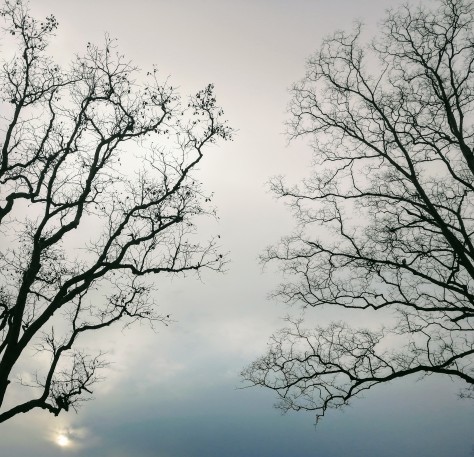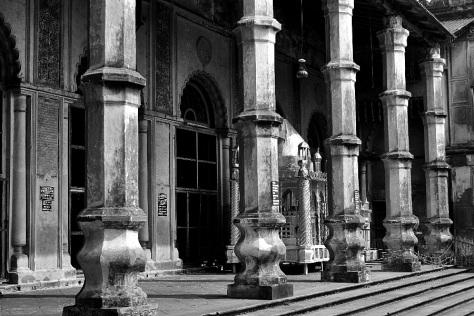It was second of October and we had a national holiday in India on the occasion of Mahatma Gandhi’s birth anniversary. So, we set out to visit the Hogenakkal Falls.
Hogenakkal Falls is located in the Dharmapuri district of Tamil Nadu. The falls can be viewed from both Karnataka and Tamil Nadu as it lies on the border. Also, this is the point where river Kaveri enters the state of Tamil Nadu.
Hogenakkal greeted us with ample sunlight. This was not much of a surprise as the sun rarely feels diffident at most places in Tamil Nadu.
Once you reach Hogenakkal, you have to walk down a few stairs to get tickets for the coracle ride. Coracles are small and round boats made out of bamboo. Coracle or as the locals call it ‘parisal‘ is one of the main attractions there. Hogenakkal Falls is not accessible by land and one can only reach the falls by water.
The place was crowded as it was a public holiday. We, who don’t speak the native tongue, generally face problems in long queues. We waited for our turn and received our tickets.
A maximum of five including the helmsman were allowed in a boat. We had to take two coracles as we were eight in number.

The coracle ride over river Kaveri was fascinating. Coracles, being small and round shaped boats, turn both clockwise and anti-clockwise depending on the way one rows it.
The helmsman gave us a nice swirl. First clockwise and then anti-clockwise. This swirling and whirling was certainly high on adrenaline, but it assailed me a faint rotatory vertigo.

After half an hour of riding through the waters, we reached the falls and were welcomed by the most beautiful views of Hogenakkal.

The river is surrounded by hills and dense forests. The gushing river water drops into a semi-round cavity and forms the Hogenakkal Falls.
Situated at a distance of 127 kms from the IT capital of India, Hogenakkal Falls, popularly known as the Niagara of South India, is a good one day trip destination from Bangalore.
Akash Chaudhuri
Email Id: akashchaudhuri93@gmail.com
© All Rights Reserved
** Restricting copying, distribution and recompilation.























